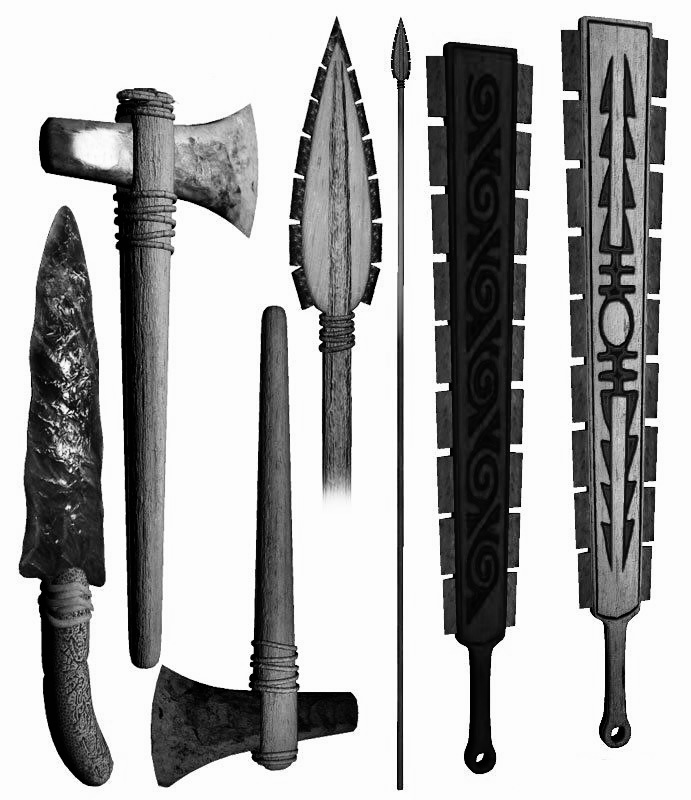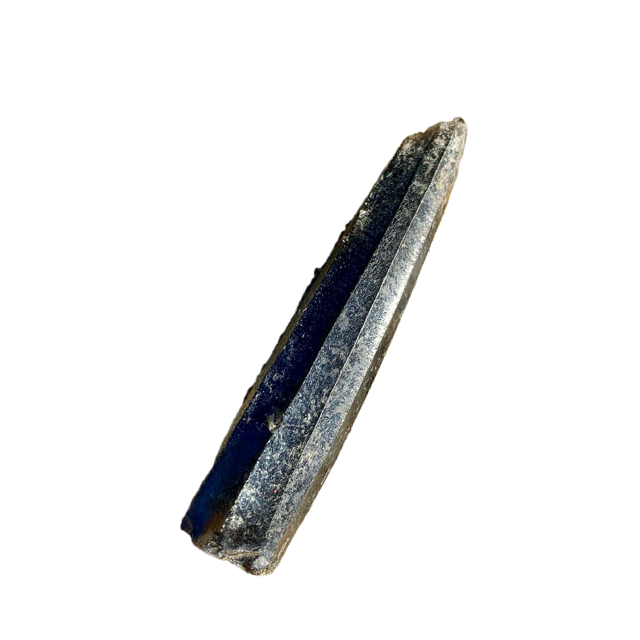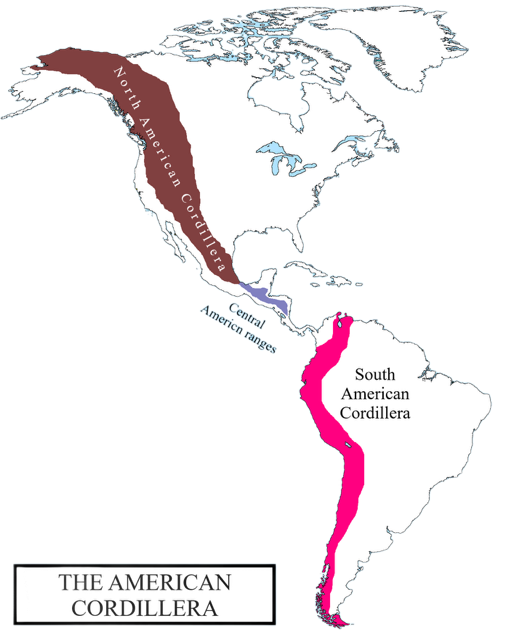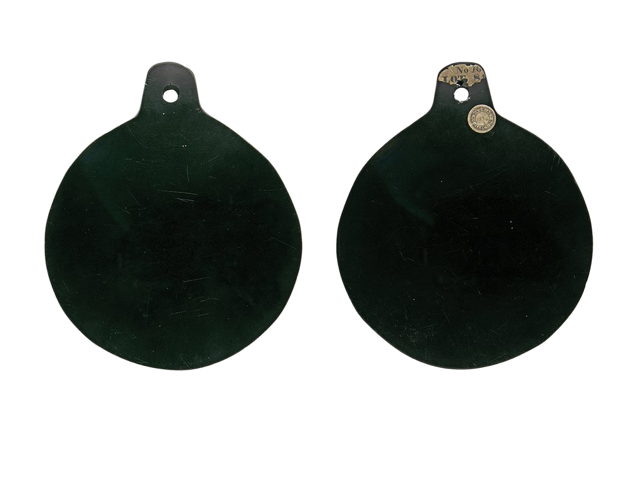The Important Roles of Obsidian in Pre-Columbian Cultures
Obsidian held a special place in the ancient Americas among natural resources due to its sharpness, beauty, and symbolic power. Found naturally near volcanic areas, obsidian—a natural volcanic glass—became valuable across Mesoamerica, the Andean regions, and other pre-Columbian America. Ancient cultures used it to craft everything from daily tools to ceremonial objects, and its trade helped shape the connections between different civilizations. This article explores obsidian’s uses, cultural significance, and distribution in pre-Columbian societies. It focuses on who used it, what they made, why it was valuable, and where significant deposits have been uncovered.

1. What is Obsidian?
Obsidian is a naturally occurring volcanic glass formed when lava cools rapidly, preventing crystal formation. This unique cooling process creates a smooth, glass-like rock that can be fractured into razor-sharp edges. Due to its physical properties, obsidian can be shaped into precise, sharp blades and points. Its glassy luster and range of colors, including black, green, reddish-brown, and even rainbow hues, made it a highly desirable material in ancient times for functional and aesthetic reasons.
2. Who Used Obsidian?
Throughout pre-Columbian America, obsidian was prized by multiple cultures, particularly in Mesoamerica and the Andes. Some of the most prominent civilizations that utilized obsidian include:
• The Olmecs (c. 1500–400 BCE): Often considered Mesoamerica’s “mother culture,” the Olmecs were early users of obsidian for tools and religious objects.
• The Maya (c. 2000 BCE–1600 CE): Obsidian was integral to Mayan society and used for making weapons, tools, and ritual items. Trade networks connected Maya cities to obsidian sources far from their primary territories.
• The Aztecs (c. 1300–1521 CE): The Aztecs famously used obsidian for sacrificial knives and military weapons, such as macuahuitl (a wooden sword embedded with obsidian blades).
• Andean Cultures: The Inca, Wari, and other Andean civilizations employed obsidian, albeit on a lesser scale than Mesoamerican cultures. Due to the Andes’ volcanic regions, they had access to obsidian deposits, allowing for a more limited use of tools and ceremonial objects.
By trading obsidian widely, pre-Columbian civilizations accessed essential tools and strengthened regional social and economic ties.
3. Artifacts Made from Obsidian
Obsidian was crafted into various items, each with unique purposes and cultural significance. The following are some prominent examples:
1. Weapons: Obsidian’s sharpness made it ideal for crafting weapons, including projectile points, knives, and the Aztec macuahuitl. Some weapons were practical, while others were ceremonial or symbolic.
2. Tools: Obsidian’s properties allowed artisans to create precise cutting tools, such as blades and scrapers, essential for daily life in agriculture, food preparation, and hunting.
3. Sacrificial Implements: Obsidian blades were used in rituals in Mesoamerican cultures, especially among the Aztecs. These tools had spiritual significance and were believed to channel divine energy.
4. Mirrors: Obsidian’s reflective surface made it an ideal mirror material. These mirrors were functional and symbolic, often used in ritual practices and seen as portals to the spirit world.
5. Jewelry and Adornments: The Obsidian was sometimes polished and shaped into beads, pendants, and small figurines. Jewelry made from obsidian often denoted status and could serve as offerings in religious contexts.
6. Figurines and Effigies: Obsidian was occasionally carved into figures representing deities, animals, or abstract shapes, often as part of burial rituals or offerings to deities.
Each artifact held meaning beyond its utility, as obsidian was a substance tied to cultural identity, spiritual practices, and trade networks, especially in Mesoamerica.

4. Why Was Obsidian Valuable?
The significance of obsidian extended beyond its practical uses. Several factors contributed to its high value in pre-Columbian societies:
1. Rarity and Trade Value: Obsidian deposits were geographically limited, making them precious commodities in regions without local sources. Trade routes connecting obsidian-rich areas with distant civilizations were critical, facilitating exchanges across Mesoamerica and beyond.
2. Sharpness and Precision: Obsidian blades are some of the sharpest natural cutting tools, often sharper than modern surgical steel. This precision was precious for making detailed tools and weapons, adding to obsidian’s desirability.
3. Spiritual and Symbolic Power: Many pre-Columbian cultures believed obsidian possessed supernatural qualities. Mirrors, in particular, were seen as spiritual portals. In Mesoamerican societies, obsidian’s connection to the underworld and divine realms underscored its role in ritual practices, especially in Aztec religion.
4. Aesthetic Appeal: Obsidian’s appearance—glassy, polished, and available in various colors—added to its allure. Objects made from obsidian carried an aesthetic and symbolic prestige, making them desirable among elite and commoner classes.

5. Where Obsidian Has Been Found
Obsidian artifacts and deposits have been uncovered at several significant archaeological sites, each offering unique insights into pre-Columbian trade, culture, and technology. Here are some notable locations:

Mesoamerica
• Pachuca, Mexico: One of the most famous obsidian sources, Pachuca’s “green obsidian” was prized throughout Mesoamerica. The Teotihuacan civilization controlled Pachuca’s deposits and used the stone extensively in tools, weapons, and trade.
• El Chayal, Guatemala: A prominent obsidian source for the Maya, El Chayal obsidian has been found in sites as far as Belize and Honduras. The Maya traded El Chayal obsidian extensively, with evidence found in Maya cities such as Tikal and Copan.
• La Esperanza, Honduras: This source provided obsidian to many Mayan sites in the southern lowlands, reinforcing trade networks that spanned the region.
• Teotihuacan, Mexico: This city controlled various obsidian sources and utilized them for various purposes. The Teotihuacan people crafted weapons, tools, and decorative objects, fueling their dominance in trade across Mesoamerica.
South America
• Quispisisa, Peru: Quispisisa’s obsidian was one of the few significant sources in the Andes. It supplied Andean cultures with tools and small ritual objects, although obsidian use was generally less extensive than in Mesoamerica.
• Coscopilla and Chivay, Peru: These sources in the southern Andes provided obsidian for the Wari and Inca civilizations, among others. Obsidian from these locations has been found at several Inca and pre-Inca sites.
• San Pedro de Atacama, Chile: Farther south, this location supplied obsidian to various Andean communities, with evidence found in northern Chilean archaeological sites.
North America
• Obsidian Cliff, Yellowstone, USA: Although primarily a source for North American indigenous cultures, this Yellowstone deposit highlights the reach of obsidian’s value. Artifacts made from Obsidian Cliff material have been found across the Great Plains and parts of Canada, showcasing extensive trade routes.
These obsidian sources reveal the expansive trade networks that connected pre-Columbian societies. Obsidian’s movement from source to site is a testament to its value and the complex interactions among ancient American cultures.
Conclusion
Obsidian played a multifaceted role in pre-Columbian societies, from utilitarian tools to items of profound spiritual significance. Mesoamerican and Andean cultures valued this volcanic glass for its sharpness, beauty, and symbolic associations, trading it across vast distances. Obsidian’s cultural footprint is seen today in archaeological finds that reveal extensive trade routes and social connections among ancient civilizations. Its enduring legacy continues to intrigue archaeologists, historians, and collectors, as each obsidian artifact unveils another chapter of pre-Columbian history.
In the world of ancient art and artifacts, obsidian remains a fascinating symbol of ingenuity, trade, and tradition. It highlights the sophistication of pre-Columbian cultures across the Americas.
Symbolism & Mythology in Pre-Columbian Art
Explore the Regional Division of Pre-Columbian Americas’ Major Archaeological Cultural Phases with Dates

